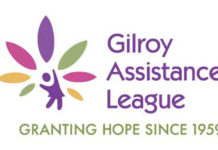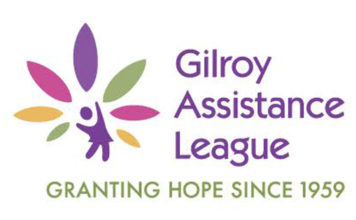GILROY—The California Highway Patrol will host presentations at high schools across South County in the coming weeks to inform students about their chances of being injured or killed in a car accident.
CHP Officer Chris Miceli, a Gilroy resident with two children at Gilroy High School of his own, has investigated many crashes and says he wants to play his part in helping prevent them.
“Car crashes are the No. 1 killer of teens in the United States, and 75 percent of them don’t involve any alcohol or drugs,” Miceli told the Dispatch. “It’s basically just showing them the numbers.”
The presentations, beginning Sept. 28 at Gilroy High School, come after the deaths of four local high school students on Gilroy roads this year in two separate crashes. Miceli, who will lead the discussions, hopes they will take place at all six public high schools in Gilroy, Morgan Hill and Hollister by the end of October.
Many teens believe a common misconception that alcohol or drugs are involved in a majority of fatal accidents, Miceli said. But driving distracted—including the use of a cellphone, chatting with passengers or even glancing down to change the radio station—can be just as deadly.
And he said it’s often the passengers who are killed in collisions, not the drivers.
“If you’re a teen in this country, you’re most likely going to die in a car,” Miceli said. “It’s a senseless statistic.”
It’s a morbid message, but one he believes needs to be sent.
At any given moment across the nation, approximately 660,000 drivers are using electronic devices while in control of a vehicle on the road, according to data from the National Highway Transportation Safety Administration. That figure has held steady in recent years, despite a 2009 statewide ban on the use of handheld electronics by drivers.
Drivers under 20 are involved in the most distraction-related fatal crashes in the United States, the NHTSA reports.
Part of the cause lies in the fact young drivers often lack experience on the roadways, which the national agency says “can contribute to critical misjudgments if they become distracted, yet they text more than any other age group.”
“If we can make a difference and at least make them think about it, that’s what it’s all about,” Miceli said.
The presentations will center on a video, featuring a 6-year-old actress, who plays the part of a driver in her 20s, according to Miceli. While the goal is to educate young drivers about the dangers of certain behaviors behind the wheel, they will not involve the gore of the Red Asphalt program, which Miceli recalled watching when he was in high school.
Miceli said it’s more to make students aware that certain activities—which some might view as safer than driving impaired, for example—can take a life away in the blink of an eye.
T-shirts to be distributed at the GHS presentation include a graphic of a human skull, comprised of small dots representing deaths caused by everything from fatal accidents to drowning. White dots represent fatalities caused by distracted driving.
“You have to squint your eyes to see the image but you can see the color, and it’s predominantly white,” he said.













